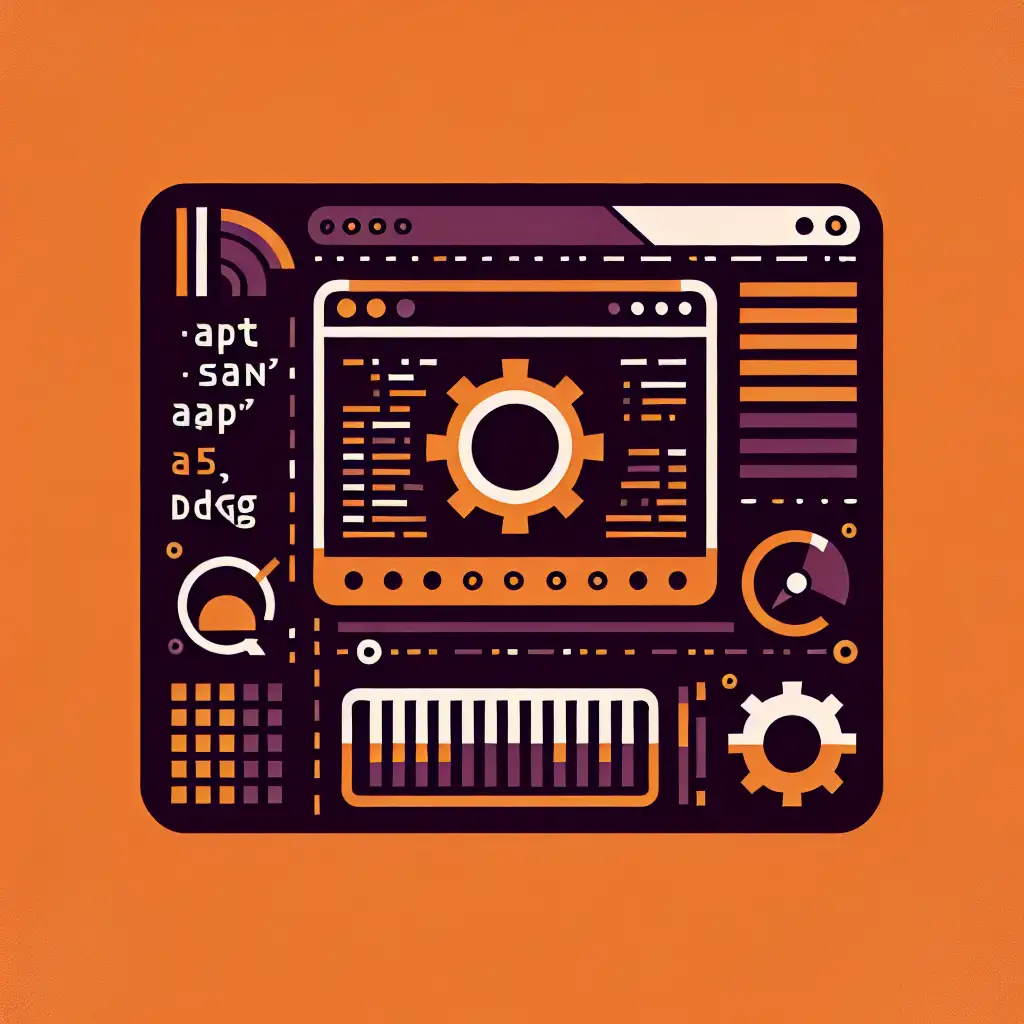Mastering App Installation on Ubuntu: Beyond the Basics for Power Users
Installing applications on Ubuntu is one of those fundamental skills every IT professional and power user must master. But while countless tutorials focus on the “how” — the commands to run — few dive into when and why to choose between different installation methods such as apt, snap, or compiling from source. This guide aims to fill that gap, moving beyond a basic step-by-step and empowering you to strategically select the best installation method for your needs, troubleshoot real-world challenges, and optimize your environment for performance, security, and customization.
Why the Installation Method Matters
Ubuntu offers multiple ways to get new software onto your system, each with its own trade-offs:
apt(Advanced Package Tool): The default package manager for Ubuntu. Installs precompiled software from trusted repositories — great for stability and security.snap: A containerized package system meant to ease dependency handling and provide sandboxed apps — useful for newer versions or apps not in official repos.- Compiling from Source: Building software yourself offers maximum control and customizability but demands more effort.
Choosing blindly can lead to bloated systems, outdated software, conflicts, or security holes. Becoming an installation strategist means evaluating context: Is stability your priority? Need the latest features? More isolation? This approach helps you maintain a lean, secure, and efficient setup.
1. Installing with apt: The Trusted Workhorse
For the majority of applications, apt is your safest bet. Ubuntu’s repositories are curated and tested to ensure compatibility and security.
How to use apt
Start by updating your package lists:
sudo apt update
Then install a package like VLC media player:
sudo apt install vlc
You can also search for packages:
apt search gimp
When to choose apt?
- You want tested, stable versions.
- Security updates are important.
- You prefer a lightweight system without extra sandbox overhead.
- You’re okay with sometimes older versions than upstream.
Example: Installing Git with apt
sudo apt update
sudo apt install git
git --version
2. Installing with Snap: Easy Access to Newer Apps
Canonical developed Snap packages to bundle an app with all its dependencies in an isolated container. This system shines when you want newer or less common apps without worrying about breaking dependencies.
Using Snap
Most Ubuntu systems come with snap support installed:
snap find spotify
snap install spotify
Runs isolated from your core system but can access files via permissions you grant.
When to use Snap?
- You want the latest version guaranteed by upstream.
- App requires complex or conflicting dependencies.
- Need confinement/sandboxing benefits.
- Want automatic updates independent of
apt.
Caveats
Snap packages tend to be larger and might start slower due to container overhead. For critical system tools where startup time matters, this could be a concern.
3. Compiling from Source: Ultimate Control
Sometimes the repository versions are too old or lack features you need. Or an application may not even be packaged for Ubuntu. In these cases, compiling manually is necessary.
General steps:
- Install build essentials
sudo apt update && sudo apt install build-essential
- Download source code (via git or tarball)
git clone https://github.com/example/project.git
cd project/
- Read
READMEorINSTALLfiles for instructions (usually something like)
./configure
make
sudo make install
When compiling is right for you:
- You need bleeding-edge features.
- Custom compilation flags or modifications are required.
- No pre-built package exists.
Example: Compiling htop from source
sudo apt install build-essential autotools-dev autoconf pkg-config libncursesw5-dev git
git clone https://github.com/htop-dev/htop.git
cd htop
./autogen.sh && ./configure && make
sudo make install
htop --version
4. Avoiding Conflicts: Mixing Methods Wisely
Using multiple methods carelessly can cause duplications or library conflicts:
- Don’t install the same app via both
aptandsnap. - Compiled apps may conflict with package-managed ones if installed in standard bin paths (
/usr/bin).
If unsure:
- Remove existing versions before rebuilding manually:
sudo apt remove appname
sudo snap remove appname
Or use alternate prefixes during compilation (./configure --prefix=/opt/myapp) to isolate your builds.
5. A Quick Reference Guide: Which Method When?
| Use Case | Recommended Method | Reason |
|---|---|---|
| Stable essential tools | apt | Security updates & tested software |
| Latest consumer apps | snap | Bundled deps & fast updates |
| Custom builds / experimental | Compile from source | Full control over features & optimizations |
| System utilities & server apps | Mostly apt, sometimes manual | Stability & support important |
Final Tips: Becoming an Installation Strategist
- Audit your installations periodically: Identify unused snaps or compiled apps left unmanaged.
- Use PPA repositories cautiously: Great for updated packages but watch out for third-party risk.
- Leverage Docker containers if you want isolated environments separate from host OS installs.
Mastering app installation on Ubuntu comes down to knowing these methods inside-out — their pros, cons, when each shines best — so you steer clear of common pitfalls and keep your system optimized for your workload.
Happy installing! If you have specific apps giving you trouble or want tips on packaging your own software on Ubuntu, drop a comment below!
